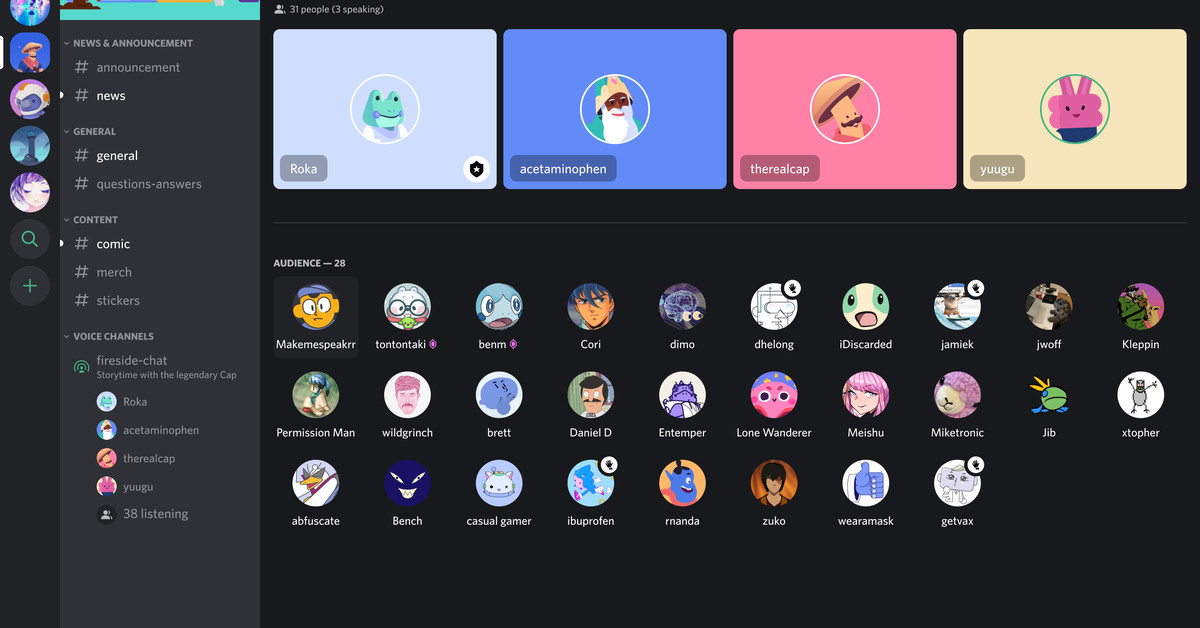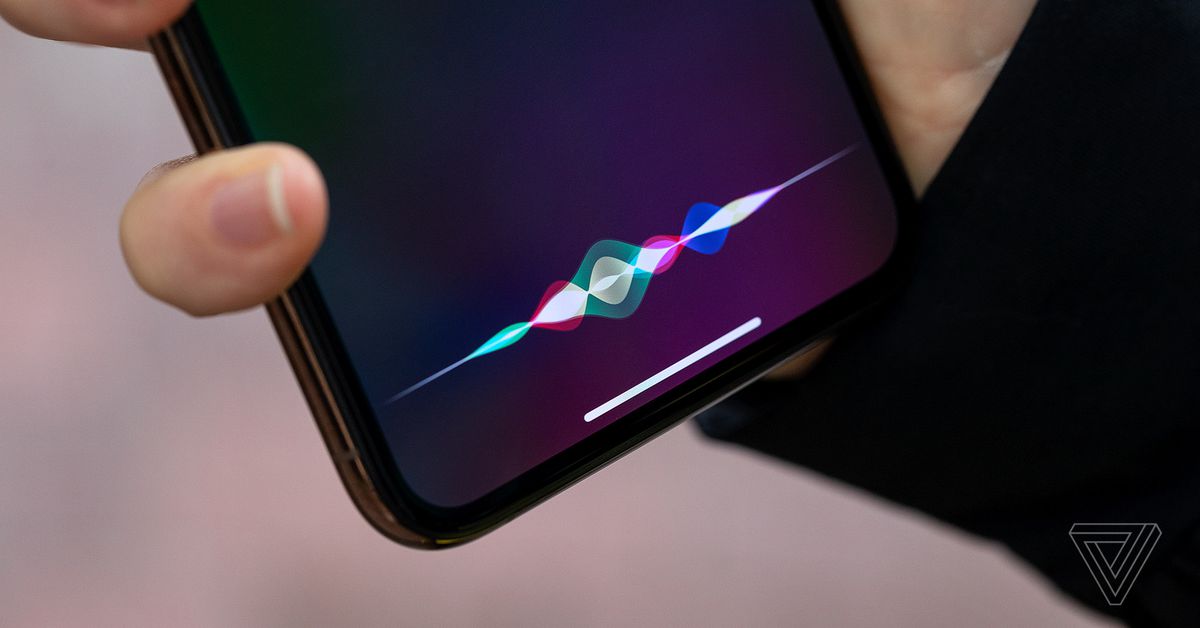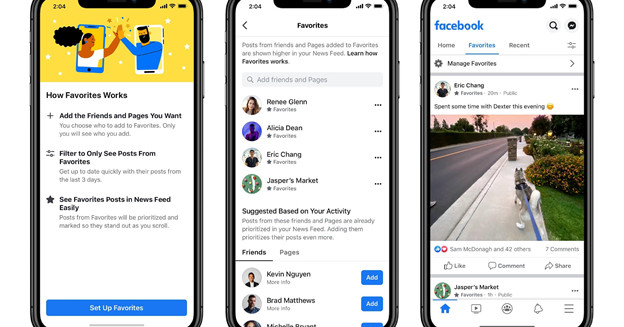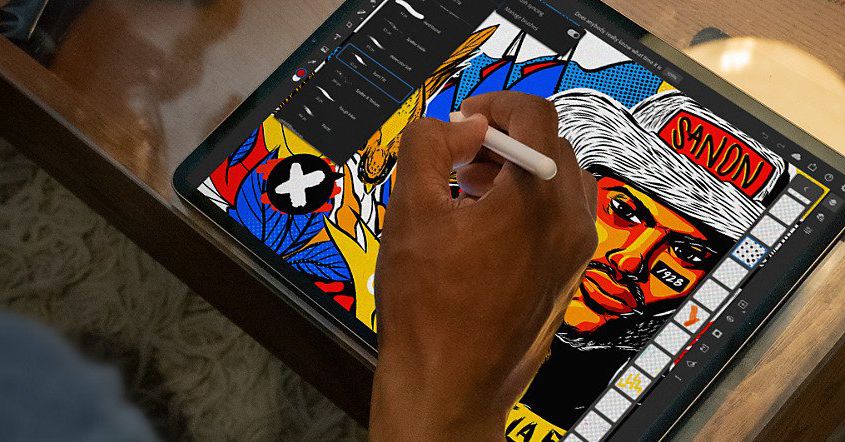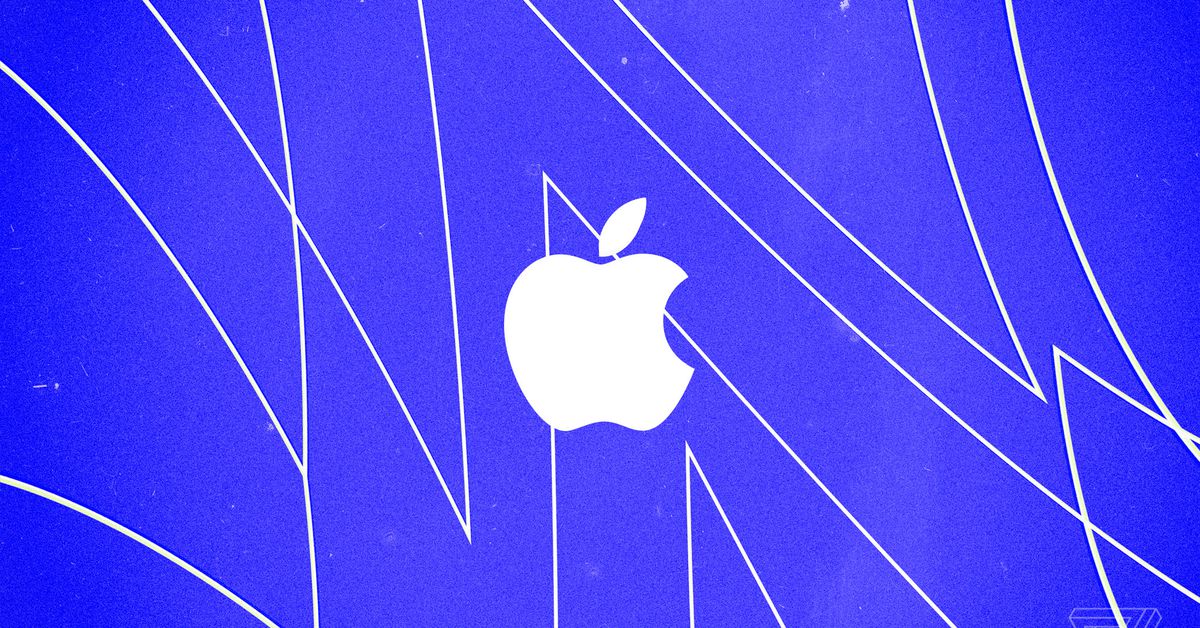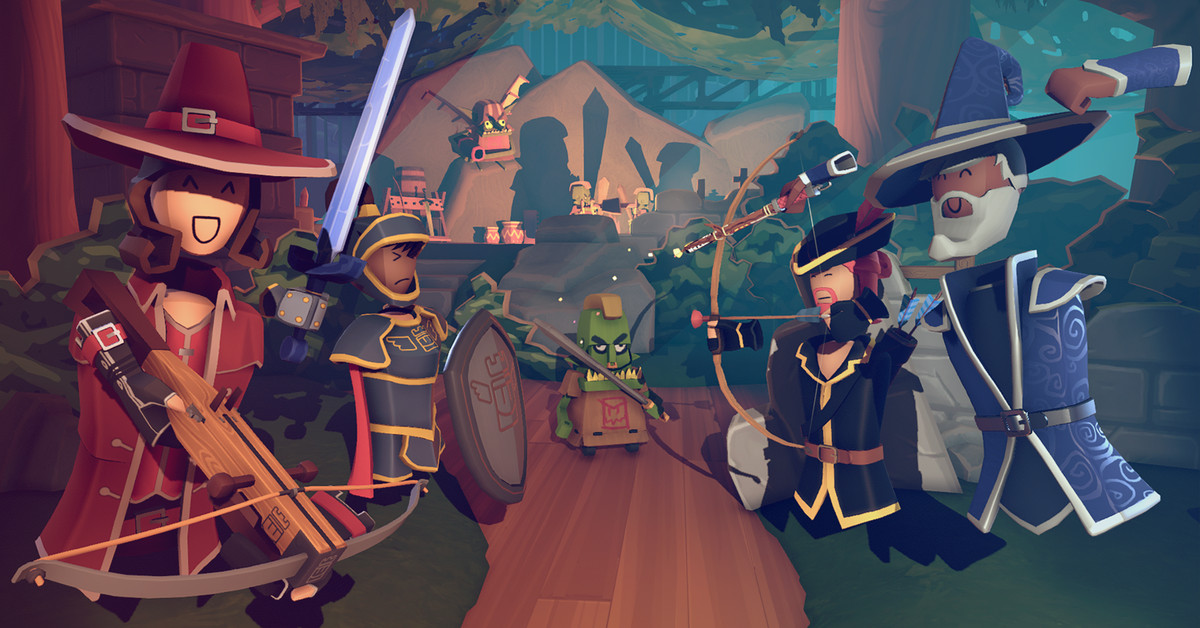Gaming platform Rec Room is now a unicorn, valued at $1.25 billion during a recent funding round of $100 million. It appears to be one of the first, if not the first, virtual reality-focused startup to achieve unicorn status, a notable feat since Facebook’s landmark acquisition of Oculus VR for $2.4 billion in 2014 helped established the modern VR business.
Founded in 2016, Rec Room is a free app that lets players build custom virtual spaces and games that can be played across various platforms. The Seattle-based company launched on Steam as a VR-focused platform, and in 2018, expanded to non-VR platforms. It’s now available on Xbox, PlayStation, iOS, and PC. CEO Nick Fajt said in an interview with The Verge that VR usage on the platform climbed over the holiday season due in part to sales of the Oculus Quest 2 headset.
In 2020, Rec Room saw a 566 percent increase in revenue — most of that comes from in-game purchases — and it now has more than 15 million lifetime users. Fajt says the company now has 1 million monthly active VR users, a number that tripled during the pandemic, The Wall Street Journal reported.
The platform’s primary users are teenagers between ages 13 and 16, Fajt said, so Rec Room benefited from students being online longer during the coronavirus lockdowns of 2020. But it was also growing in popularity before people were confined to their homes.
“The pandemic accelerated trends we’d been seeing for several years,” Fajt said. “A lot of people are looking for a digital third place that’s distinct from home and school or work where they can meet up with friends, hang out, explore, and be creative. I think that’s been true whether teenagers were going to school physically or on Zoom. People need a space like this.”
He added that while it’s possible the platform may see a decrease in users once teenagers can gather in person, he sees Rec Room as more than just a replacement for real-life socializing. “It’s helping a lot of people maintain connections with friends that are hundreds or thousands of miles away,” Fajt said. “These are friends separated by physical distance not just social distance. So if Rec Room has become part of your routine, I suspect it will stay that way even beyond the pandemic.”
Rec Room is preparing for an IPO in the coming years. In the meantime, other gaming platforms are continuing to grow thanks to a boost from pandemic audiences. Roblox, an online gaming platform for slightly younger users than Rec Room’s, also has seen a sharp uptick in use during the pandemic. Roblox went public via direct listing earlier this month and said in its prospectus that it has 31.1 million daily users, who spent an average of 2.6 hours daily on the platform in the past year.
Roblox told The Verge last summer that over half of US kids and teenagers under the age of 16 play the game. During the pandemic there has been much hand-wringing about kids’ increased screentime, but games like Roblox and Epic Games’ Fortnite provide socialization, just not the in-person kind we may be used to.
Before the pandemic, some of the appetite to develop new AR and VR hardware had started to wane — Sony PlayStation CEO Jim Ryan suggested in October that an update to Sony’s PlayStation VR headset was still a few years away. (Sony has since teased more details about its next iteration of PlayStation VR with a formal product announcement, followed by images of its new controllers.)
But other companies have for years been ramping up their efforts in AR and VR hardware. The Information reported earlier this month that Facebook has some 10,000 employees — roughly a fifth of its workforce — focused on new devices in both fields, and the company has already shown off prototypes of experimental research products and plans to release a pair of Ray-Ban-branded smart glasses later this year. Apple has long been rumored to be working on AR and VR hardware, too, and recent reports suggest the iPhone maker will debut a VR device sometime in 2022.
“The market has shown an increased appetite for gaming companies,” Fajt said. “I think that will only grow as more data becomes available about the strength and durability of these businesses.”
